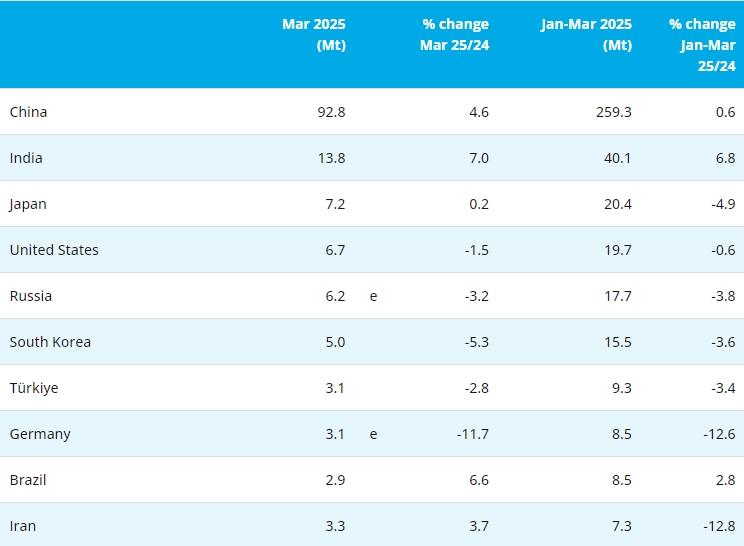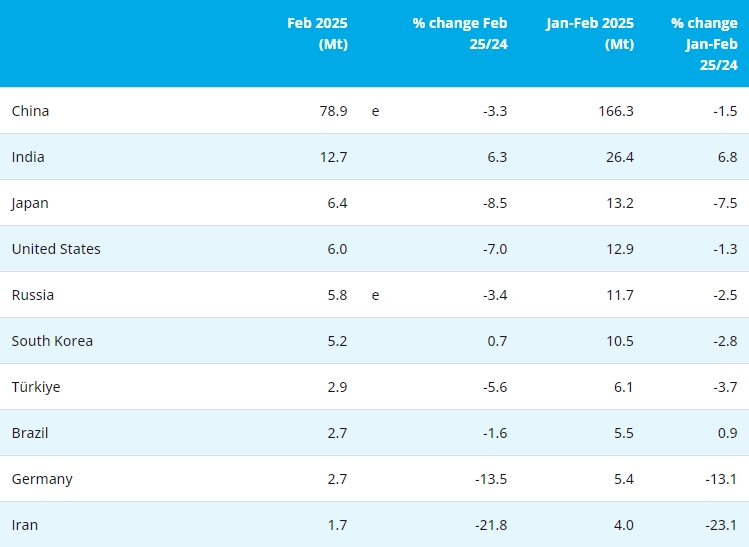The Department of Commerce slapped high tariffs on solar products from China and Taiwan yesterday in a decision intended to address dumping and unfair subsidization of imports to the United States. The final ruling marks another victory for petitioner SolarWorld Americas in a lengthy solar trade battle.
Imports of certain crystalline silicon photovoltaic products from China were issued duties averaging 52 percent. China’s Trina Solar, the world's largest PV module maker, and ReneSola/Jinko received final anti-dumping duties of 26.71 percent and 78.42 percent, respectively.
Commerce also announced anti-subsidy rates on solar products from China ranging from 27.64 percent to 49.79 percent, for an average of 38 percent.
The determination marks a tariff increase from a separate SolarWorld case that concluded in December 2012, with duties on solar cells from China averaging 31 percent.
SolarWorld filed a second anti-dumping and countervailing duty petition in December 2013 to prevent Chinese solar panel producers from sidestepping the 2012 duties by using cells manufactured in Taiwan. U.S. officials agreed to launchnew investigations earlier this year.
In the Taiwan investigation, Commerce issued Gintech Energy Corporation and Motech Industries Inc. final dumping margins of 27.55 percent and 11.45 percent, respectively. All other companies in Taiwan received a final dumping margin of 19.50 percent.
The Commerce Department made a preliminary ruling to impose tariffs on solar products from China and Taiwan in July. Yesterday’s announcement increases tariffs on Chinese products by roughly 10 percent and decreases tariffs on Taiwanese products by 5 percent, compared to the preliminary decision.
SolarWorld and its allies in the Coalition for American Solar Manufacturing (CASM) heralded the Commerce Department’s decision.
“These remedies come just in time to enable the domestic industry to return to conditions of fair trade,” said Mukesh Dulani, U.S. president of SolarWorld, in a statement. “The tariffs and scope set the stage for companies to create new jobs and build or expand factories on U.S. soil.”
The Coalition for Affordable Solar Energy (CASE), an industry group representing mostly downstream U.S. players, responded that the new anti-dumping tariffs will inhibit competition and increase solar panel prices, making it harder for solar technology to compete against fossil fuels.
With Commerce’s decision to further tax solar panels from China, “the U.S. government is actually creating a module shortage that will make it hard for the U.S. solar industry to reach it’s 2015 and 2016 goals,” said Jigar Shah, cleantech entrepreneur and CASE president.
The decision now goes before the International Trade Commission. If the commissioners find that the U.S. industry has been harmed by Chinese and Taiwanese imports, the tariffs will become permanent on February 1. If not, the tariffs will be thrown out. The ITC is expected to make its final decision on January 20.
Are the tariffs working to bring back U.S. manufacturing?
CASE urged the U.S. and China to attempt to reach a negotiated settlement. However, yesterday’s Commerce ruling makes that option increasingly unlikely.
Arguably, the rift between different segments of the U.S. solar industry has grown in recent months, rather than mended. Despite winning preliminary duties in July, SolarWorld President Mukesh Dulani penned a scathing letter to Rhone Resch, president of the Solar Energy Industries Association (SEIA), stating that the U.S. organization has a bias toward Chinese manufacturers that is “both inappropriate and wrong.”
PetersenDean, a privately held roofing and solar company, has called for the resignation of SEIA’s CEO and board of directors because “the trade association’s support for China and Taiwan in these matters is a clear conflict with its own stated purpose to keep America competitive.”
U.S. panel manufacturers, meanwhile, claim that the tariffs imposed to date have already begun to stabilize and grow the domestic market.
In October, SolarWorld announced it will add a new production line to its facility in Hillsboro, Ore. that will boost the factory’s panel-assembly capacity from 380 megawatts up to 530 megawatts. SolarWorld will also add 100 megawatts of advanced cell production capacity for a total of 435 megawatts. The expansion is expected to add 200 jobs, bringing the total number of SolarWorld’s U.S. employees to 900.
Suniva Inc. is also expanding its U.S. presence by opening a second U.S. manufacturing plant in Michigan. The facility will add 200 megawatts of capacity and employ an additional 350 people. In June, SolarCity took over Silevo’s project to build a 1-gigawatt factory in New York.
“Once you address the unfair trade, the U.S. industry can come back and compete and thrive in the U.S. market, where demand is continuing to grow,” said SolarWorld counsel Timothy Brightbill. “That’s how these trade cases are supposed to work…and why we need the duties to stay in place.”
If the latest round of tariffs are finalized by the ITC, all solar panels made in China will be subject to some form of tariff, regardless of where they’re assembled.
“That basically removes any value chain strategy involving China that averts import tariffs,” said Shayle Kann, senior vice president of GTM Research. "This erodes the price advantage that Chinese suppliers have historically benefited from in the U.S. and is likely to impact their market share, as well as average module prices, in 2015."
The broad scope of the new tariffs will dissuade Chinese manufactures from importing solar panel components from Taiwan and other countries, Kann said. Instead, they’re likely to make and assemble all components domestically and pay the lower (31 percent) 2012 tariffs, or to set up manufacturing outside of China.
Chinese manufacturers started to adopt these strategies after the preliminary margins were set in July. So far, solar module prices in the U.S. haven’t spiked as some warned. However, the U.S. hasn’t benefited from module price decreases being seen in the rest of the world, said Kann.
Nick Blitterswyk, CEO of UGE International, which works in more than 90 countries, said that when his company does a solar project in the U.S., material costs are now 5 percent to 25 percent higher than in other countries.
“The U.S. solar market is growing rapidly, and these anti-dumping policies are actually just slowing the growth of the industry,” he said. “It's making electricity costs comparatively higher in the U.S., making it advantageous for businesses to open facilities in countries that don't have these tariffs in place.”
Earlier this month, the Canadian government opened a separate anti-dumping and anti-subsidy investigation into solar modules and laminates from China.
Copyright © 2013 Ferro-Alloys.Com. All Rights Reserved. Without permission, any unit and individual shall not copy or reprint!
- [Editor:tianxiao]



 Save
Save Print
Print Daily News
Daily News Research
Research Magazine
Magazine Company Database
Company Database Customized Database
Customized Database Conferences
Conferences Advertisement
Advertisement Trade
Trade














 Online inquiry
Online inquiry Contact
Contact

Tell Us What You Think